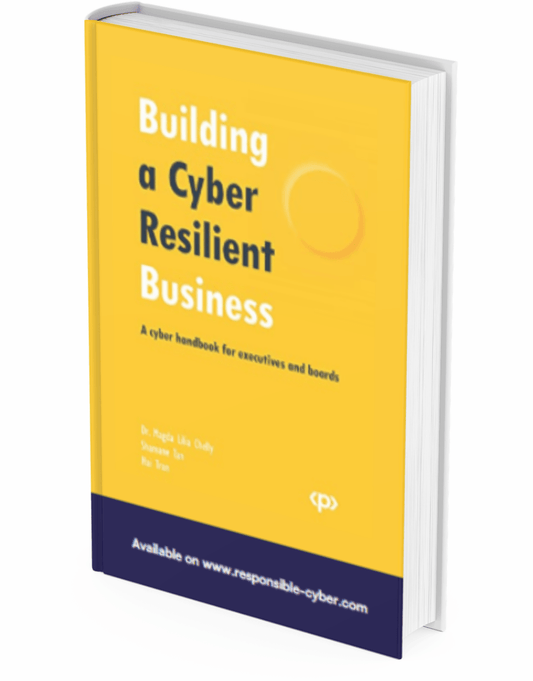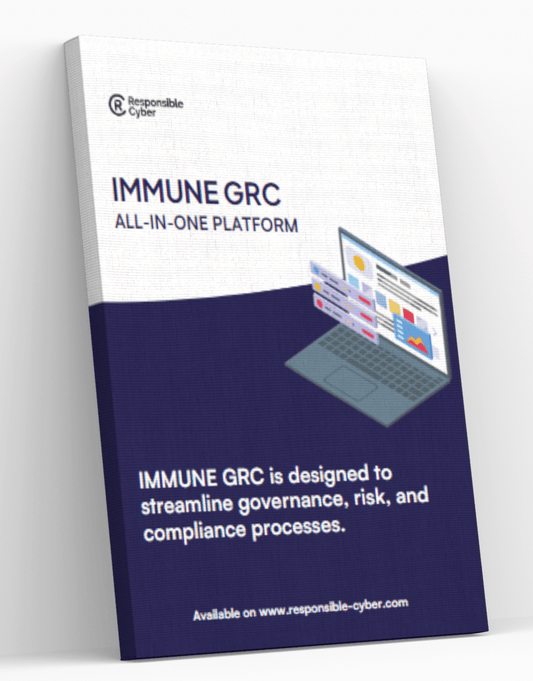ISO 27001:2013 vs. ISO 27001:2022: Understanding the Evolution of Information Security Management

In the realm of information security, ISO 27001 is a globally recognized standard that outlines the best practices for an information security management system (ISMS). This standard provides a systematic approach to managing sensitive company information so that it remains secure. It encompasses people, processes, and IT systems by applying a risk management process. Over the years, ISO 27001 has undergone several revisions to keep pace with the evolving cybersecurity landscape. This blog delves into the nuances of ISO 27001:2013 and ISO 27001:2022, highlighting their main differences and the implications for organizations striving to maintain robust information security frameworks.
The Significance of ISO 27001
Before diving into the specifics of the 2013 and 2022 versions, it’s essential to understand why ISO 27001 is critical for organizations. Information security breaches can lead to significant financial losses, reputational damage, and legal repercussions. ISO 27001 helps organizations mitigate these risks by establishing a framework for managing information security. This includes identifying potential risks, implementing controls to mitigate these risks, and continually monitoring and improving the ISMS.
Adopting ISO 27001 not only enhances an organization's security posture but also demonstrates to stakeholders, customers, and regulators that the organization takes information security seriously. This can be particularly beneficial in industries where data protection and privacy are paramount, such as finance, healthcare, and technology.
ISO 27001:2013 Overview
ISO 27001:2013 was a significant update from its predecessor, ISO 27001:2005. The 2013 version introduced several improvements to make the standard more adaptable to the changing security landscape. Key features of ISO 27001:2013 included:
-
Risk Management Focus: The 2013 version emphasized a risk-based approach to information security. Organizations were required to identify and assess information security risks and implement controls based on this assessment.
-
Annex SL Structure: ISO 27001:2013 adopted the Annex SL structure, a common framework for all new and revised ISO management system standards. This structure facilitates the integration of multiple management systems, such as ISO 9001 (Quality Management) and ISO 14001 (Environmental Management).
-
Improved Control Set: The control set in Annex A of ISO 27001:2013 was aligned with the latest security practices, providing a comprehensive list of security controls that organizations could implement based on their risk assessment.
-
Leadership and Commitment: The 2013 version placed a stronger emphasis on leadership and commitment. Top management was required to demonstrate leadership and commitment to the ISMS, ensuring that information security was integrated into the organization's processes and culture.
-
Continual Improvement: ISO 27001:2013 reinforced the importance of continual improvement. Organizations were required to regularly review and improve their ISMS to address new risks and vulnerabilities.
The Transition to ISO 27001:2022
The cyber threat landscape has continued to evolve rapidly since 2013, necessitating updates to ISO 27001 to address new challenges and incorporate the latest security practices. ISO 27001:2022 represents the latest iteration of the standard, bringing several important changes and enhancements. Let’s explore the key differences and what they mean for organizations.
1. Updated Control Set (Annex A)
One of the most significant changes in ISO 27001:2022 is the updated control set in Annex A. The new version reflects the latest security practices and emerging threats. The control categories have been restructured and updated to address current security challenges more effectively.
-
Revised Control Categories: The control categories have been consolidated and restructured to improve clarity and usability. For instance, some controls have been merged, while others have been expanded or moved to different categories. This restructuring helps organizations implement controls more logically and effectively.
-
New Controls: ISO 27001:2022 introduces new controls to address emerging threats and technologies. These include controls related to cloud security, data privacy, and threat intelligence. The addition of these controls ensures that organizations can better manage risks associated with modern IT environments and technologies.
2. Enhanced Focus on Cybersecurity and Privacy
The 2022 version places a greater emphasis on cybersecurity and data privacy, reflecting the growing importance of these areas in the modern threat landscape.
-
Cybersecurity Integration: ISO 27001:2022 integrates cybersecurity more comprehensively into the ISMS framework. This includes controls for detecting and responding to cybersecurity incidents, protecting against malware, and managing vulnerabilities.
-
Data Privacy Considerations: The new version also addresses data privacy more explicitly, aligning with regulations such as the General Data Protection Regulation (GDPR). This includes controls for protecting personal data, managing data breaches, and ensuring data subject rights.
3. Alignment with Other Standards
ISO 27001:2022 continues to align with other ISO management system standards, facilitating the integration of multiple management systems. The Annex SL structure remains a key feature, promoting a unified approach to management system implementation.
-
Harmonization with ISO 27701: ISO 27001:2022 aligns closely with ISO 27701, the standard for privacy information management. This alignment helps organizations implement a cohesive approach to information security and data privacy.
-
Integration with Other Standards: The new version also supports the integration with other relevant standards, such as ISO 22301 (Business Continuity Management) and ISO 31000 (Risk Management). This integration enables organizations to adopt a holistic approach to risk management and resilience.
4. Improved Usability and Clarity
ISO 27001:2022 includes several changes aimed at improving the standard's usability and clarity. These changes make it easier for organizations to implement and maintain their ISMS.
-
Simplified Language: The new version uses clearer and more straightforward language, reducing ambiguity and making the standard more accessible to a broader audience.
-
Streamlined Documentation Requirements: ISO 27001:2022 streamlines the documentation requirements, reducing the administrative burden on organizations. This includes more flexible requirements for documented information, allowing organizations to focus on what is necessary for their specific context.
Implementing ISO 27001:2022: Key Considerations
Transitioning from ISO 27001:2013 to ISO 27001:2022 requires careful planning and execution. Organizations need to understand the changes and assess their current ISMS to identify gaps and areas for improvement. Here are some key considerations for implementing ISO 27001:2022:
1. Gap Analysis
Conduct a thorough gap analysis to compare your current ISMS with the requirements of ISO 27001:2022. Identify areas where your existing controls and processes align with the new standard and areas that require updates or new implementations.
2. Risk Assessment and Treatment
Review and update your risk assessment and treatment process to align with the new control set in Annex A. Ensure that you consider emerging threats and technologies, such as cloud security and data privacy, in your risk assessment.
3. Training and Awareness
Ensure that your team is aware of the changes in ISO 27001:2022 and understands their roles and responsibilities in implementing and maintaining the updated ISMS. Provide training and awareness programs to build the necessary skills and knowledge.
4. Update Policies and Procedures
Review and update your information security policies and procedures to reflect the new requirements and controls in ISO 27001:2022. Ensure that these documents are clear, concise, and accessible to all relevant stakeholders.
5. Engage Top Management
Engage top management to secure their commitment and support for the transition to ISO 27001:2022. Highlight the benefits of the updated standard and the importance of their leadership in driving a culture of information security.
6. Continual Improvement
Maintain a focus on continual improvement by regularly reviewing and updating your ISMS. Use internal audits, management reviews, and feedback from stakeholders to identify opportunities for improvement and address any issues promptly.
Conclusion
ISO 27001:2022 represents a significant evolution in information security management, building on the foundations of ISO 27001:2013 while addressing the latest security challenges and practices. The updated control set, enhanced focus on cybersecurity and privacy, alignment with other standards, and improved usability make ISO 27001:2022 a robust framework for managing information security in today's complex and dynamic environment.
Organizations that adopt ISO 27001:2022 can demonstrate their commitment to information security and data privacy, build trust with stakeholders, and enhance their resilience against cyber threats. By carefully planning the transition and focusing on continual improvement, organizations can successfully implement ISO 27001:2022 and maintain a strong security posture in the face of evolving risks.
In a world where information is a critical asset, ISO 27001:2022 provides the roadmap for safeguarding this valuable resource. Embracing the latest version of the standard is not just a compliance requirement but a strategic imperative for organizations aiming to thrive in the digital age.







